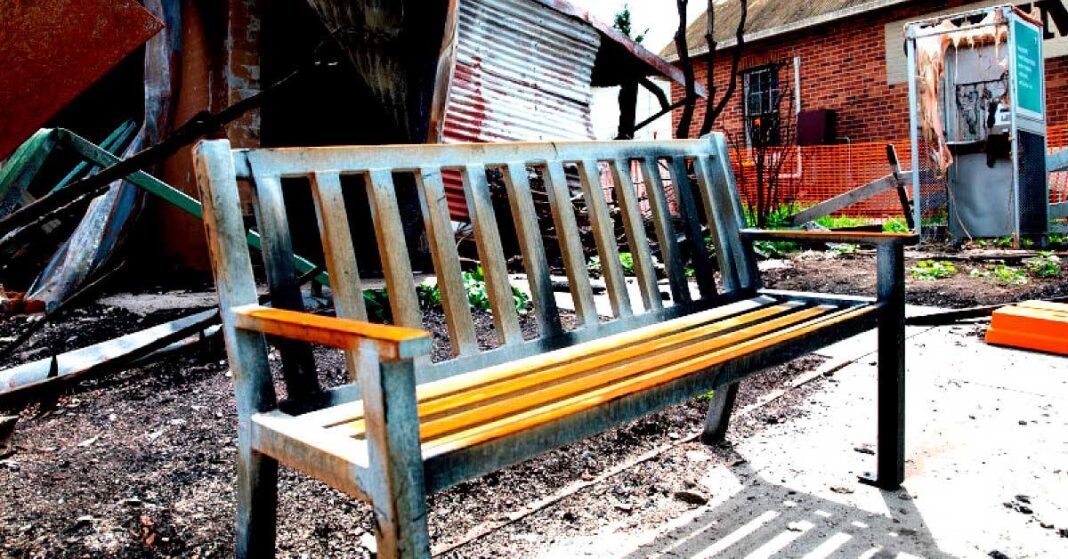The National Museum of Australia (NMA) has acquired the melted remains of NSW costal town Cobargo’s public phone booth; lost to last New Year’s Eve devastating bushfires.
The phone booth is just one fire-affected object that will form part of a permanent display at the NMA, along with a collection of oral history and a digital collection of social media stories from the fires.
As a story-telling tool, the phone booth symbolises the communication blackout during the town’s most stressful days.
As the fire approached, emergency plans were enacted without the help of mobile phone towers which had already been destroyed by fire and Cobargo was completely cut off from the outside world as fallen trees blocked the roads.
Outside of Cobargo, people waited days to know if their loved ones were okay.
The Museum’s senior curator, Libby Stewart, said stories of survival and of difficult decisions were important narratives to tell.
“Bushfires have always been a perennial part of the Australian summer, but the fires of 2019/2020 were some of the most devastating the country has seen,” Libby said.
“It’s hard to make sense of it in the present but in 100 years’ time people can use objects (from the fire) to make sense of our complex relationship with fires.”
Libby and her Museum team visited Cobargo about six weeks after the bushfires.
She said she was stunned by the sight of burnt historic buildings in the main street.
“We wanted to talk to people about how they felt and film the regrowth that was already happening and offer whatever support we could,” Libby said.
“We went into an environment where people were stressed and traumatised.
“We contacted them before we went and explained ourselves and why we were interested.”
Libby’s first point of contact in Cobargo was Beverly from the local museum. She helped Libby’s team establish contacts in the town who were “bruised and needed to be reassured” of the NMA’s intentions.
Through Beverly, Libby meet pottery maker Daniel Lafferty who, during the fires, had to decide whether to save his studio or his house – is was not possible to save both.
Daniel has now donated one of his fire-affected pottery pieces to the NMA.
At the time of the fire, the piece was in a storage area; when it was retrieved they found its glaze had melted and it had rolled around in the fire and reformed with ash, now an integral part of the piece.
Libby said the ash was now part of the story and the Museum team used ultrasonic mist to make sure it wasn’t lost.
Libby said when the danger was over and people returned to their homes, they faced an emotional process of sorting through their damaged items.
“What do you want to use it for now? What’s its significance?” she said.
According to Libby, Daniel’s story was one of resilience and hope; as he rebuilds his studio from donations raised through crowdfunding, it a reminder that people do cope with stressful experiences and it pulls communities together.
The NMA has been collecting bushfire-affected items for years including a ceramic teacup from the 2003 firestorm at Mount Stromlo and household objects from Marysville, Victoria on Black Saturday.



